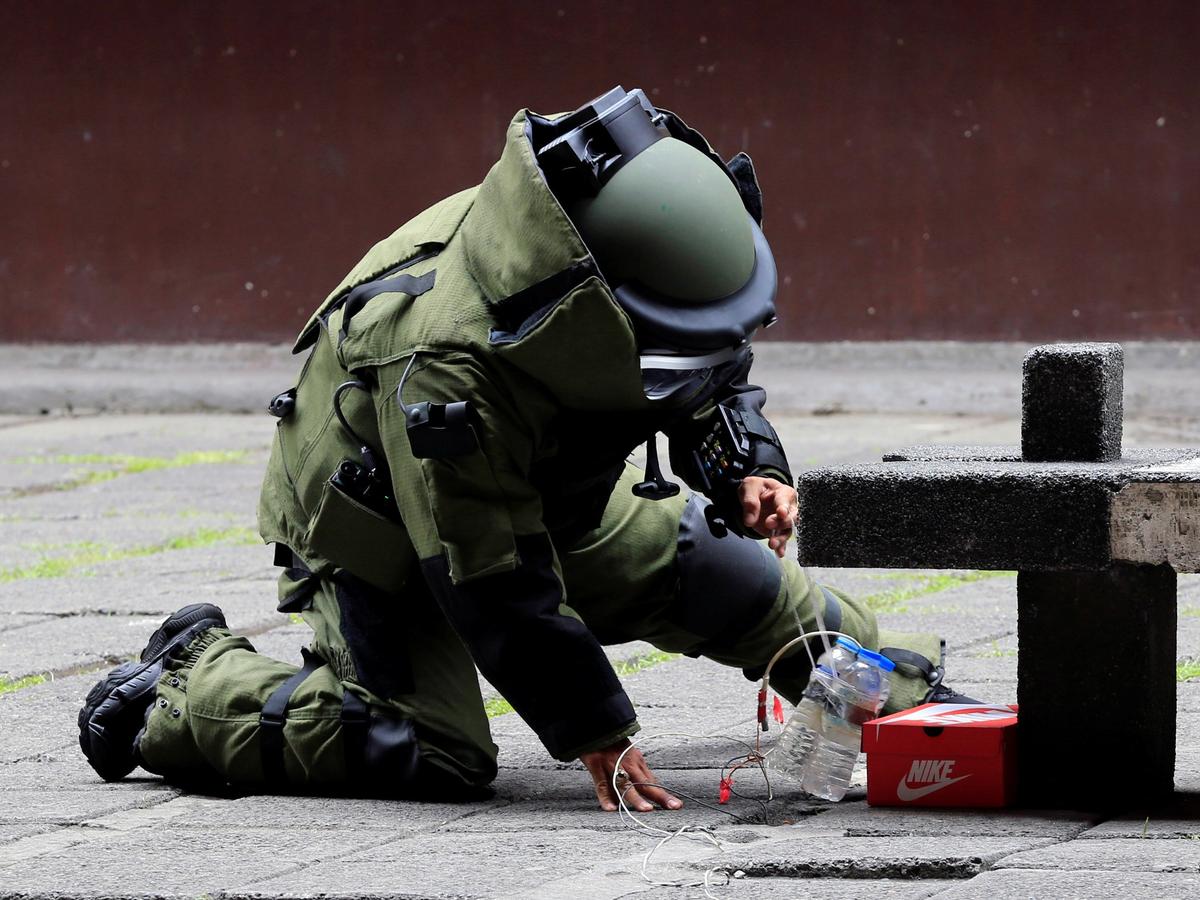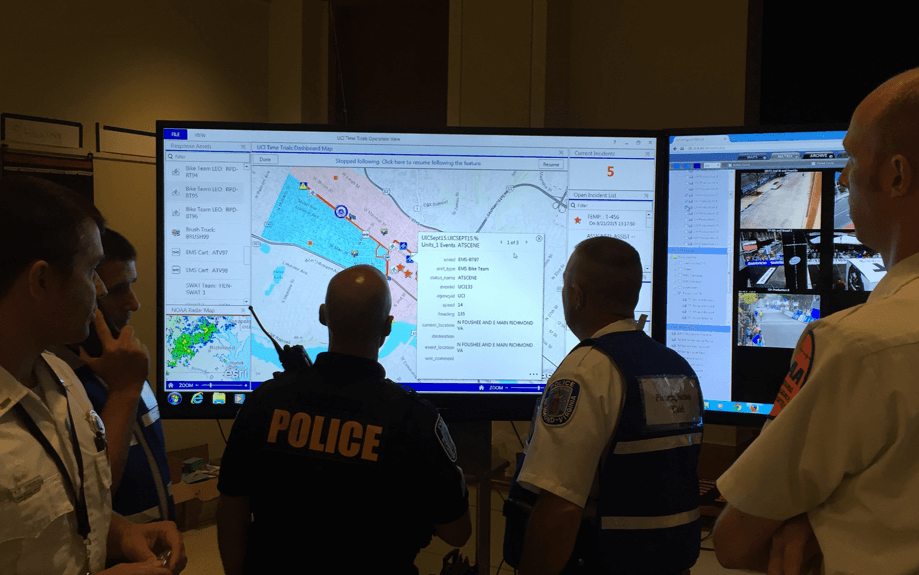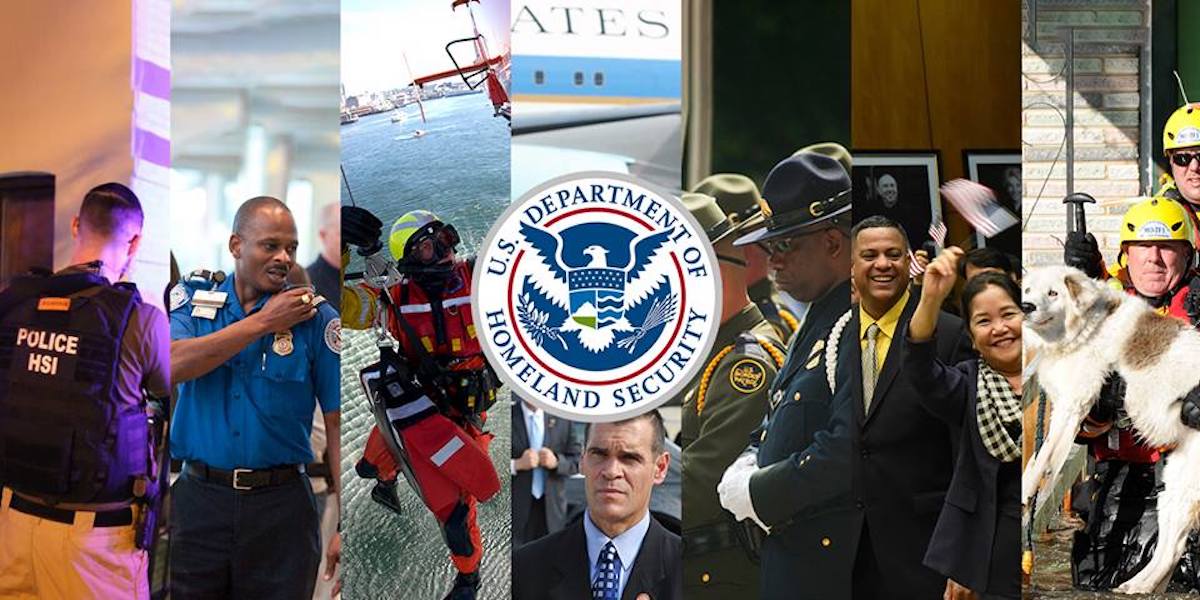In order to successfully combat terrorism around the world, there must be a universal method of identifying potential terrorists or terrorist organizations. In order to accomplish this task, nations must come to an agreement on an objective definition of the word terrorism. Unfortunately, many nations around the world define terrorism differently. The lack of a common definition of terrorism may allow one nation to identify an organization as terrorist group, while another nation identifies the same organization as a legitimate group. This is often referred to as, “one man’s terrorist is another man’s freedom fighter” (Ganor, 2002). A disagreement such as this may cause friction between the two nations that could escalate the conflict and ultimately lead to war. A clearly stated, internationally accepted, definition of terrorists and terrorism will ultimately result in the reduction of tensions between nations and prevent international crises (Payne, 2007).
The first analytical task facing scholars on terrorism is to define the term (Poland, 2005, p. 2). The English word ‘terrorism’ comes from the regime de la terreur that prevailed in France from 1793-1794 (Burgess, 2003, p. 2) When the definition of terrorism is examined, it appears to be straightforward and easy to understand. According to The American Heritage Dictionary (n.d.), terrorism is defined as, “The unlawful use or threatened use of force or violence by a person or an organized group against people or property with the intention of intimidating or coercing societies or governments, often for ideological or political reasons.” Car bombings, suicide bombings, assassinations, and hostage taking are generally viewed among most nations as clear acts of terrorism. However, the debate begins when terrorist acts are not so obvious. What many definitions of terrorism fail to recognize, are the acts of revolutionary or guerrilla forces combating an oppressive government. There is a major difference between revolutionary or guerilla forces attempting to over throw an oppressive government and terrorists using acts of violence and intimidation against innocent civilians to achieve their ideological, social, or religious agendas.
The United States of America plays a significant role in the global war on terror. The United States has defined terrorism under the Federal Criminal Code. Chapter 113B of Part 1 of Title 18 of the United States Code defines terrorism and lists the crimes associated with terrorism. In Section 2331 of Chapter 113B of the United States Code there are two definitions of terrorism: International terrorism and domestic terrorism. The definition of international and domestic terrorism are identical except for the fact that international terrorism takes place outside the territorial jurisdiction of the United States while domestic terrorism takes place inside the territorial jurisdiction of the United States. The United States code defines terrorism, in essence, as:
Violent acts or acts dangerous to human life that are a violation of criminal laws of the United States, or of any State, or that would be a criminal violation if committed within the United States;
Appear to be intended to intimidate or coerce a civilian population;
Appear to influence the policy of a government by intimidation of coercion; and,
Affect the conduct of a government by mass destruction, assassination, or kidnapping.
The United States Government Interagency Domestic Terrorism Concept of Operations Plan is designed to provide overall guidance to Federal, State, and local agencies concerning how the Federal government would respond to a potential or actual terrorist threat or incident that occurs in the United States. The purpose for implementing this plan is to promote an effective and timely Federal response in the event of a terrorist attack within the United States. In the event of an actual terrorist attack, the Federal Bureau of Investigation (FBI) is designated as the Lead Federal Agency (LFA) for crisis management. The FBI plays a significant role in the war on terror, especially within the United States.
The FBI is guided by the definition of terrorism contained in Title 18 of the US Code, Section 2331, Chapter 113B; however, the FBI divides terrorist related activity into two categories: Terrorist incidents and terrorist prevention (Federal Bureau of Investigation, n.d.). A terrorist incident is a violent act or an act dangerous to human life, in violation of the criminal laws of the United States, or of any state, to intimidate or coerce a government, the civilian population, or any segment thereof, in furtherance of political or social objectives. A terrorism prevention is a documented instance in which a violent act by a known or suspected terrorist group or individual with the means and a proven propensity for violence is successfully interdicted through investigative activity (Federal Bureau of Investigation, n.d.).
The United States Central Intelligence Agency (CIA) is guided by the definition of terrorism contained in Title 22 of the US Code, Section 2656f(d), which defines the term ‘terrorism’ as premeditated, politically motivated violence perpetrated against noncombatant targets by sub-national groups or clandestine agents, usually intended to influence an audience.
The United Nations (UN) was formed in 1945 to replace the League of Nations, in the hope that it would intervene in conflicts between nations to avoid war. The UN currently has approximately 190 member nations throughout the world. Since the UN was formed, there has yet to be an agreed upon definition of terrorism. A short legal definition proposed by A.P. Schmidt to the United Nations Crime Branch in 1992 defines terrorism as: Act of Terrorism = Peacetime Equivalent of War Crime. The UN derived an academic consensus definition that was not completely agreed upon. The academic consensus definition defines terrorism as, “an anxiety-inspiring method of repeated violent action, employed by (semi-) clandestine individual, group or state actors, for idiosyncratic, criminal or political reasons, whereby – in contrast to assassination – the direct targets of violence are not the main targets. The immediate human victims of violence are generally chosen randomly (targets of opportunity) or selectively (representative or symbolic targets) from a target population, and serve as message generators. Threat and violence-based communication processes between terrorist (organization), (imperiled) victims, and main targets are used to manipulate the main target (audience(s)), turning it into a target of terror, a target of demands, or a target of attention, depending on whether intimidation, coercion, or propaganda is primarily sought” (United Nations, n.d.).
After closely examining the various definitions of terrorism, there are clearly some similarities. The main similarity among each of the definitions is the involvement of criminal activity by terrorists against innocent civilians. This is a key element because terrorists and terrorist groups are notorious for targeting civilians with the intent to cause mass violence and widespread fear among the remainder of the population.
Based on my research, I believe a fair and objective definition of terrorism is the calculated use of violence, or threat of violence, against civilians in order to attain goals that are political, religious, or ideological in nature, through the use of intimidation, coercion, or fear. This definition provides a starting point to help differentiate between groups of potential terrorists. If each group is examined by their motives, tactics, and beliefs, coupled with a universal definition of terrorism, nations may be able to agree whether or not the group should be labeled as a terrorist organization.
Terrorism has become a world wide problem. There are terrorist organizations in virtually every country around the world. Therefore, terrorism is not only a military problem, but a federal, state, and local law enforcement problem as well. Networking among the military, intelligence agencies, and other law enforcement agencies has greatly improved since the 9/11 terrorist attack in the United States. Prior to 9/11, many agencies did not share intelligence information they received from their respective sources. Presently, many of these federal, state, and local agencies now work together with a common goal to prevent another terrorist attack in the United States. The Anaheim Police Department, for example, has several police officers assigned the Orange County Joint Terrorism Task Force (JTTF) which is an intelligence gathering unit that consists of investigators from various Orange County police agencies as well as the Federal Bureau of Investigation and other Federal agencies.
Nations around the world must work together to combat the most rapidly growing problem we face today, terrorism. In order to reduce terrorist events, we must come to an agreement on the definition of terrorism and how to identify potential terrorist groups. Without a definition of terrorism, it is impossible to formulate or enforce international agreements against terrorism (Ganor, 2002).










